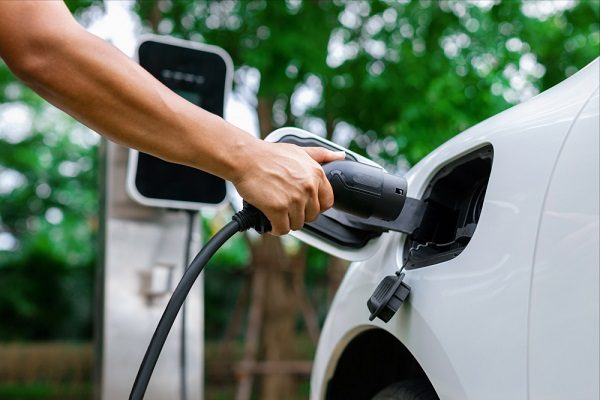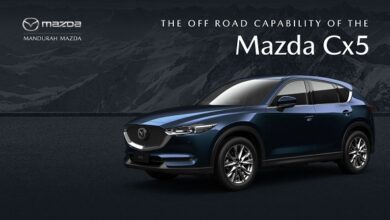Powering Ahead – Electric Vehicle Chargers in Victoria

As the world veers towards sustainable practices, the shift from conventional vehicles to electric ones has gained immense traction. In Victoria, the journey towards electric vehicle (EV) adoption is underscored by the widespread availability and accessibility of EV chargers. Understanding their evolution, installation, maintenance, and future trajectory is key to comprehending the transformative role they play in the state’s transportation landscape.
The Evolution of EV Chargers in Victoria
Victoria’s embracement of electric mobility can be traced back to the early 2010s when the first charging stations emerged in major cities like Melbourne. Initially sparse, these charging points gradually multiplied, spurred on by governmental incentives, public-private partnerships, and the growing demand for cleaner transportation options.
The state’s commitment to sustainability and reducing carbon emissions led to robust policies promoting EV infrastructure expansion. This commitment has seen a surge in various charger types, including Level 1 (standard household plugs), Level 2 (faster chargers typically found in public spaces), and rapid DC chargers capable of charging an EV to 80% in under 30 minutes, catering to diverse user needs.
Installation Process
Installing EV chargers demands a comprehensive understanding of electrical systems, compliance with local regulations, and an eye for strategic placement. For residential settings, installing Level 1 or 2 chargers typically involves a certified electrician setting up the charging unit and ensuring it complies with safety standards.
Public charging stations necessitate more meticulous planning. Factors like location selection, power availability, accessibility, and user convenience are pivotal. Collaborations between local authorities, businesses, and utility companies streamline the process, enabling efficient deployment in high-traffic areas, residential complexes, and commercial spaces.
Maintenance of EV Chargers
Ensuring the seamless operation of EV chargers mandates periodic maintenance. Routine checks by qualified technicians are essential to identify and rectify issues promptly. Regular inspections of electrical components, software updates, and upkeep of physical infrastructure guarantee optimal performance and user satisfaction.
Proactive maintenance practices not only sustain operational efficiency but also contribute to the longevity of the chargers, reducing downtime and associated costs.
The Future Landscape
The future of EV charging in Victoria is poised for significant advancements. Innovations such as smart chargers equipped with IoT capabilities, bidirectional charging allowing EVs to supply energy back to the grid, and ultra-fast chargers are on the horizon. Furthermore, integration with renewable energy sources and energy storage systems promises a more sustainable and grid-friendly approach.
Governmental initiatives and collaborations with private entities are anticipated to further proliferate EV infrastructure across the state. Investments in research and development aim to address current challenges, including charging speed, grid capacity, and equitable access, fostering a robust and inclusive charging network.
Accessibility and Affordability
A critical facet of the future of EV chargers in Victoria is their accessibility and affordability. Ensuring equitable access to charging infrastructure across socio-economic strata and geographical regions is essential for widespread EV adoption.
Government subsidies, incentives for charger installations in underprivileged areas, and collaborations with community organisations can bridge this gap, making EV ownership more accessible to a larger demographic.
Moreover, the affordability of EV chargers, both in terms of installation costs and the cost of electricity, remains a focal point. Innovations in charger technology aimed at cost reduction, coupled with the integration of renewable energy sources, aim to make EV charging more cost-effective and environmentally friendly.
Adaptive Infrastructure and Scalability
The adaptability and scalability of charging infrastructure are vital considerations for Victoria’s future. Anticipating the exponential growth of EVs on the roads, the infrastructure needs to be scalable to accommodate increased demand. Flexible charging solutions that adapt to varying power needs and smart grid integration will be crucial to managing the load on the grid efficiently.
Planning for future advancements in EV technology, such as higher-capacity batteries and faster charging capabilities, requires a forward-thinking approach in designing and implementing charging infrastructure that can cater to these evolving needs seamlessly.
Public Perception and Education
Public perception and awareness play a pivotal role in the success of EV charging infrastructure. Efforts to educate and inform the public about the benefits of EVs, dispelling myths about charging times and range anxiety, and promoting environmental advantages are essential.
Educational campaigns, partnerships with automotive manufacturers for test-drive events, and highlighting success stories of EV owners can significantly influence public perception, encouraging more people to embrace electric mobility.
Conclusion: A Sustainable Future
In conclusion, the trajectory of electric vehicle chargers in Victoria embodies a vision for a sustainable and eco-conscious future. The evolution from nascent installations to a robust and interconnected network reflects a concerted effort towards reducing carbon footprints and fostering cleaner transportation.
However, to realise the full potential of this transformation, continual collaboration between policymakers, businesses, communities, and technology innovators is imperative. The evolution and proliferation of EV chargers in Victoria stand as a beacon of progress, promising a future where sustainable transportation is not just a choice but a way of life.




